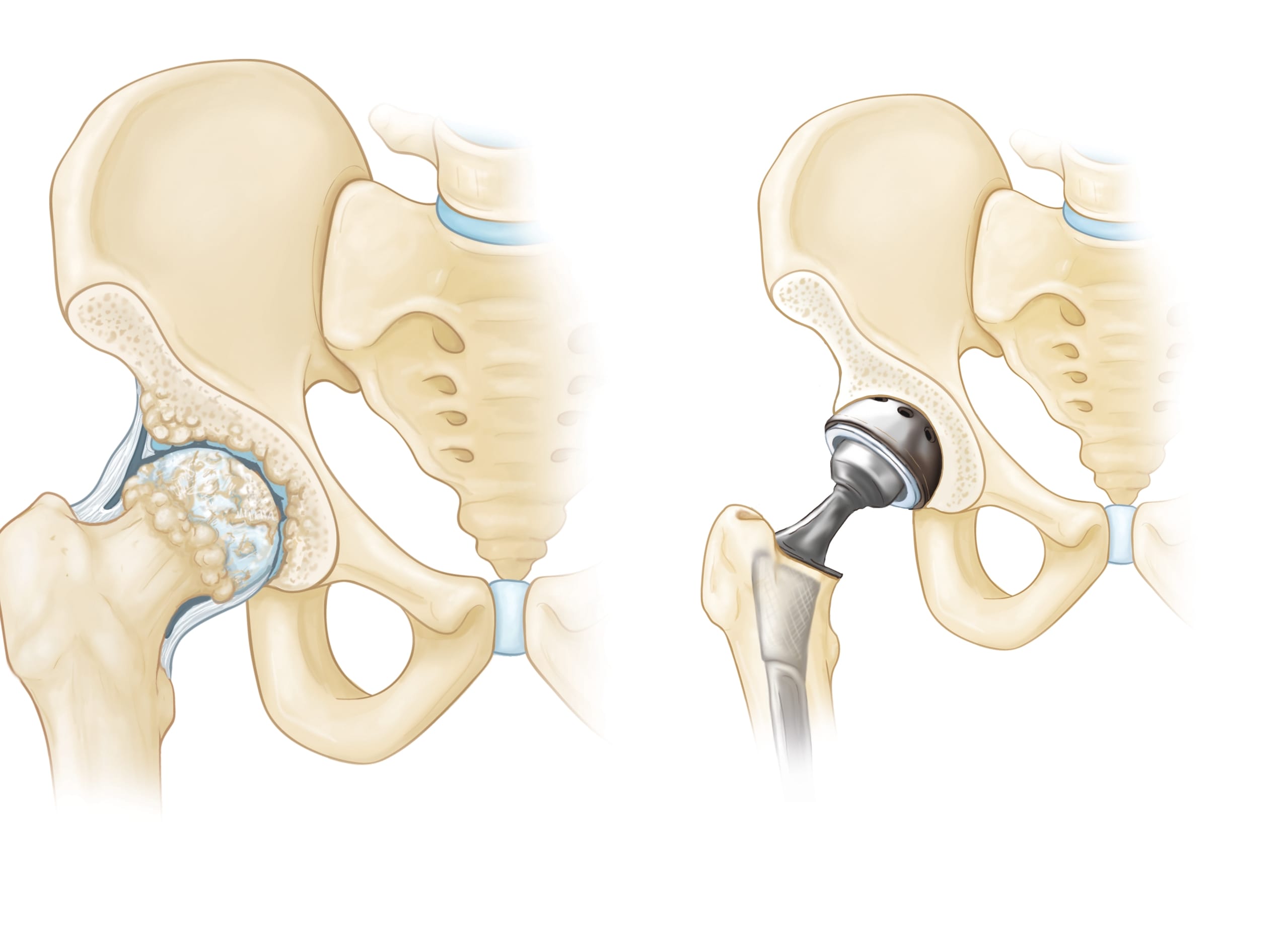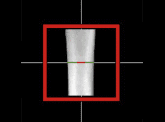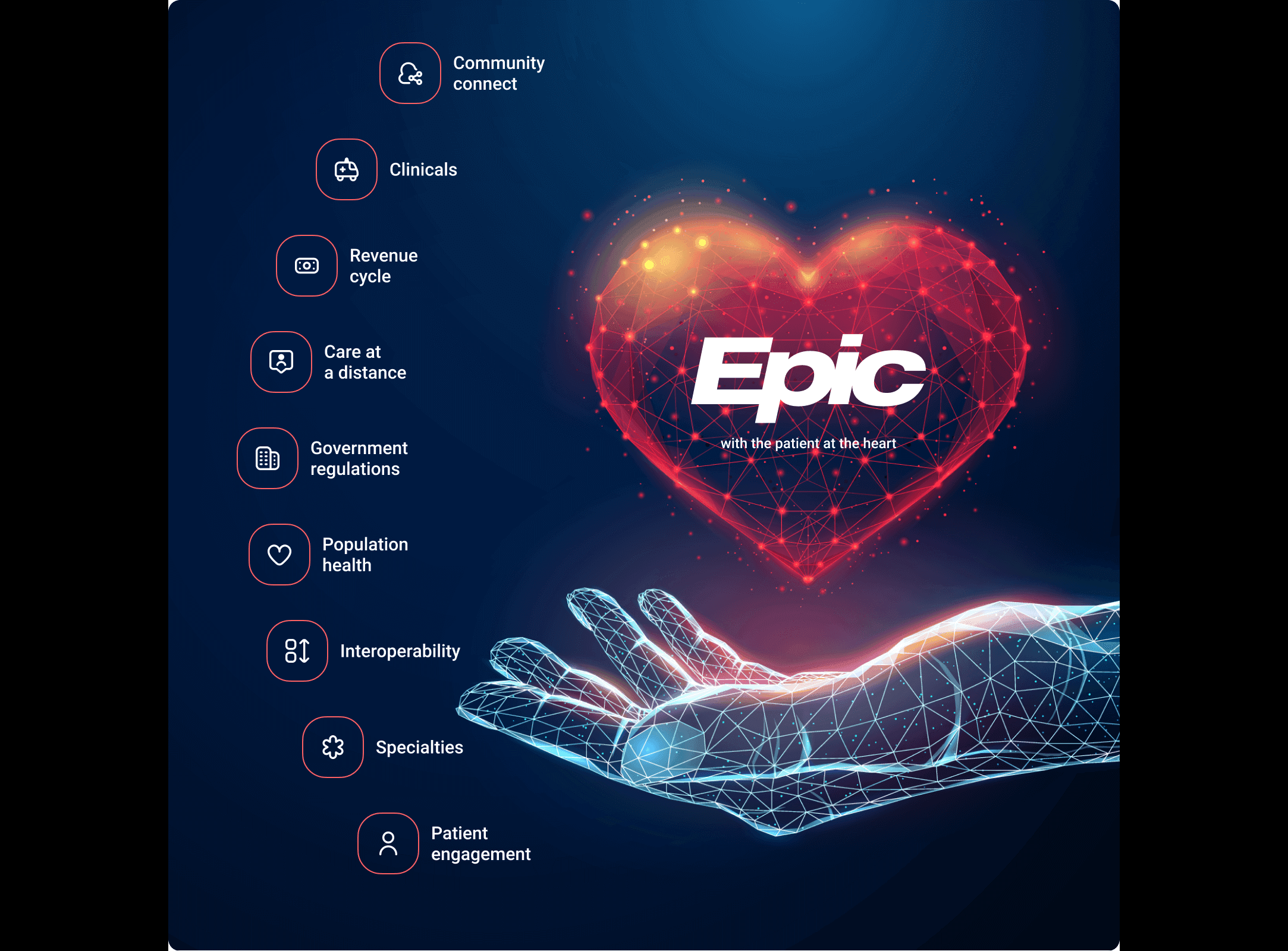Healthcare AI

Empower More Good
AI has immense potential to streamline healthcare operations, elevate patient care, and enhance clinical outcomes. Our team combines deep AI expertise and real healthcare experience to drive tangible improvements for your organization and patients.
Our Expertise
At Title AI, we build intelligent healthcare solutions that enhance clinical decision-making, streamline operations, and drive better patient outcomes. Our expertise spans medical imaging, predictive analytics, and clinical NLP, helping providers make faster, more accurate diagnoses while improving efficiency.
Beyond clinical AI, we specialize in automating administrative workflows and optimizing healthcare operations. From automated documentation and claims processing to resource optimization and patient engagement tools, we design AI-driven solutions that reduce overhead, increase efficiency, and improve the patient experience.
We deeply understand healthcare’s unique challenges—including stringent data privacy regulations like HIPAA, complex organizational structures, and the critical need for model interpretability and trust. Our AI solutions are designed not only to enhance accuracy and automation but also to meet the highest standards of compliance, security, and ethical AI deployment.

Case Studies

Pre-Operative Prediction of Negative
Surgical Outcomes Via Epic EHR Data
Project Details
- Developed a predictive model (Random Forest) to identify patients likely to require placement in a Skilled Nursing Facility (SNF) following surgery.
- Achieved over 90% accuracy.
- Integrated model results directly into patient charts within Epic EHR, enabling clinicians to design effective pre-operative interventions.
- Retrieved and cleaned diverse clinical data from Epic Clarity EHR
- Conducted extensive exploratory data analysis to select the optimal predictive variables.
- Evaluated multiple machine learning approaches to select best possible model

X-Ray Based Diagnosis of Osteoporosis
Project Details
- Developed a multi-stage model pipeline to segment the index metacarpal from hand x-rays, then trained an image classification model to predict osteoporosis likelihood.
- Retrieved and labeled training data by pairing segmented images with ground-truth osteoporosis labels derived from DEXA (bone density) scans.
- Implemented ML based preprocessing and U-Net for segmentation
- Achieved 83% recall and 71% precision – additionally over 50% of false positives tested positive for osteopenia (a lesser form of osteoporosis)
- Published in American Society for Surgery of the Hand

Unsupervised Analysis of Efficient Provider
Workflows in EHR Usage
Project Details
- Collected and analyzed usage data from Epic EHR, identifying clinician patterns and behaviors.
- Developed an analytics pipeline using unsupervised learning to cluster provider workflows, highlighting best practices and effective usage strategies.
- Identified “super-user” patterns that correlated with higher productivity and measurable clinical efficiency.
- Defined best-practice standards, facilitated necessary hardware acquisition, and implemented software enhancements to enable broader clinician adoption of identified optimal workflows.

Prediction of Negative Cancer Outcomes
Using Cancer Registry Data
Project Details
- Developed a predictive model identifying cancer patient mortality within six months of diagnosis, achieving 85% accuracy.
- Leveraged cancer registry data from Epic Clarity EHR to train a gradient-boosted decision forest.
- Integrated predictions directly into the cancer registry workflow, enabling timely interventions (such as a palliative care consult) and improving patient care planning and patient outcomes.
- Deployed the model for automatic batch executions to consistently provide accurate mortality risk assessments.
